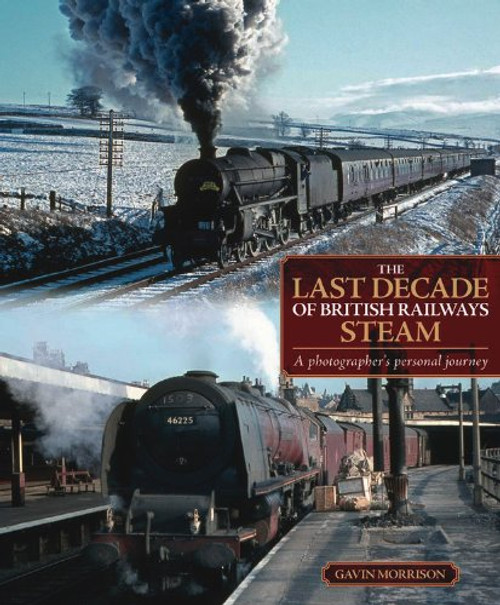View larger
THE TWILIGHT OF STEAM
FOR AMERICAN RAILROADS, the early 1950s was a time of rapid transition as colorful new diesels quickly displaced steam locomotives. The economics of diesel power were so compelling that once production models had been perfected, the writing was on the wall. Yet many observers often didnt see the writing until it was almost too late. Others were more astute and stayed ahead of the tide of dieselization, making photographs of the last of steam for posterity.
- During its transition from steam to diesel, Central Vermont often mixed motive power on its freights. In this view, a northward freight crosses the Millers Falls high bridge with one of CVs revered 2-8-0s in the lead. Behind it is a pair of Fairbanks-Morse C-Liner diesels borrowed from CVs parent, Canadian National. In the final years of steam operation, when steam and diesels were mixed, the diesels tended to lead. These diesels didnt serve for long on the
- CV, however. By the late 1950s, the railroad had dieselized with its own fleet of EMD GP9s and Alco switchers.
- Jim Shaughnessy
PLATE 64 Norfolk & Westerns streamlined J-class 4-8-4 is an American classic. A product of the railroads Roanoke Shops, it was known for its great looks and exceptional performance. Norfolk & Westerns mainline was equipped with Centralized Traffic Control that allowed dispatchers to run trains on either track in both directions on signal indication. John E. Pickett








